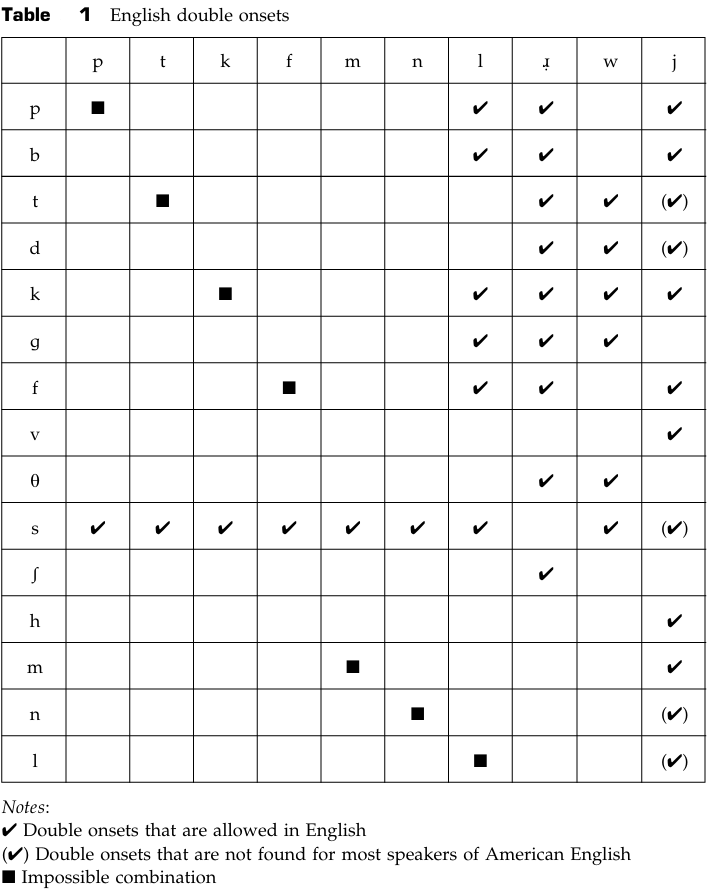

Grammar


Tenses


Present

Present Simple

Present Continuous

Present Perfect

Present Perfect Continuous


Past

Past Continuous

Past Perfect

Past Perfect Continuous

Past Simple


Future

Future Simple

Future Continuous

Future Perfect

Future Perfect Continuous

Passive and Active


Parts Of Speech


Nouns

Countable and uncountable nouns

Verbal nouns

Singular and Plural nouns

Proper nouns

Nouns gender

Nouns definition

Concrete nouns

Abstract nouns

Common nouns

Collective nouns

Definition Of Nouns


Verbs

Stative and dynamic verbs

Finite and nonfinite verbs

To be verbs

Transitive and intransitive verbs

Auxiliary verbs

Modal verbs

Regular and irregular verbs

Action verbs


Adverbs

Relative adverbs

Interrogative adverbs

Adverbs of time

Adverbs of place

Adverbs of reason

Adverbs of quantity

Adverbs of manner

Adverbs of frequency

Adverbs of affirmation


Adjectives

Quantitative adjective

Proper adjective

Possessive adjective

Numeral adjective

Interrogative adjective

Distributive adjective

Descriptive adjective

Demonstrative adjective


Pronouns

Subject pronoun

Relative pronoun

Reflexive pronoun

Reciprocal pronoun

Possessive pronoun

Personal pronoun

Interrogative pronoun

Indefinite pronoun

Emphatic pronoun

Distributive pronoun

Demonstrative pronoun


Pre Position


Preposition by function

Time preposition

Reason preposition

Possession preposition

Place preposition

Phrases preposition

Origin preposition

Measure preposition

Direction preposition

Contrast preposition

Agent preposition


Preposition by construction

Simple preposition

Phrase preposition

Double preposition

Compound preposition


Conjunctions

Subordinating conjunction

Correlative conjunction

Coordinating conjunction

Conjunctive adverbs


Interjections

Express calling interjection


Grammar Rules

Preference

Requests and offers

wishes

Be used to

Some and any

Could have done

Describing people

Giving advices

Possession

Comparative and superlative

Giving Reason

Making Suggestions

Apologizing

Forming questions

Since and for

Directions

Obligation

Adverbials

invitation

Articles

Imaginary condition

Zero conditional

First conditional

Second conditional

Third conditional

Reported speech


Linguistics

Phonetics

Phonology


Semantics


Pragmatics

Linguistics fields

Syntax

Morphology

Semantics

pragmatics

History

Writing

Grammar

Phonetics and Phonology


Reading Comprehension

Elementary

Intermediate

Advanced


Teaching Methods

Teaching Strategies
Double onsets
المؤلف:
Mehmet Yavas̡
المصدر:
Applied English Phonology
الجزء والصفحة:
P140-C6
2025-03-12
232
Double onsets
Table 1 shows the occurring double onsets of English. We can make the following observations. Affricates are the only class of consonants that do not appear in onset clusters. Besides this general statement, there are several other restrictions for two-member onset clusters:
• No voiced fricatives can serve as C2. Only /v/ can be a C1, and it can combine only with /j/ (e.g. view).
• No non-lateral approximant (/ɹ̣, w, j/) can serve as C1; the lateral can only precede /j/ (only for some speakers).
• No voiced stop can serve as C2.
• No fricative other than /f/ can serve as C2, and this can only be preceded by a /s/ in rarely found vocabulary (e.g. sphere).
• No stops or nasals are allowed as C2, except after /s/ (e.g. speak, small).
• /s/ and /ʃ/ are complementary: /s/ does not occur before /ɹ̣/, and /ʃ/ occurs only before /ɹ̣/ (e.g. shrimp).
• /h/ and /m/ can only occur before /j/ (e.g. huge, music).
• /θ/ can precede only /ɹ̣/ and /w/ (e.g. three, thwart).
• Labials (C1) do not cluster with a labial approximant.
• No geminates (i.e. doubled consonant sounds) are allowed.
• Alveolar stops (C1) do not cluster with /l/.

We can summarize the situation in the following manner. In general, English double onsets are either (a) /s/ +C (where C =any consonant that can assume the position of C2 except /ɹ̣/; /ʃ/ appears before /ɹ̣/), and (b) obstruent +approximant, with the limitations cited above.
While the pattern of C1 as an obstruent and C2 as a sonorant is very common, we do not have any double onset in which the reverse (C1 =sonorant and C2 =obstruent) is true. This pattern that we observe for English is also commonly found in many other languages, and can be accounted for by the principle known as ‘sonority sequencing’. We referred to sonority earlier for syllable peaks, and now we make reference to it for the sequencing of sounds with respect to a syllable peak by the Sonority Sequencing Principle (SSP). As given by Selkirk (1984: 116), SSP states that:
In any syllable, there is a segment constituting a sonority peak that is preceded and/or followed by a sequence of segments with progressively decreasing sonority values.
Thus, the expected pattern is that, going from C1 to C2, the sonority level will rise. Such is the case in the overwhelming majority of English double onsets (e.g. play[ple], cry[kɹ̣aɪ], quick[kwɪk]). The violations of this principle are /s/ +stop clusters (/sp, st, sk/), in which the sonority level drops, instead of rises, going from C1 to C2. As we will see with triple onsets as well as with double and triple codas, /s/ behaves exceptionally. To account for such cases, several scholars have suggested a special ‘adjunct’ status for /s/ clusters. We will not go into the details of such a proposal, but suffice it to state that this exceptional behavior of /s/ is also found in several other languages.